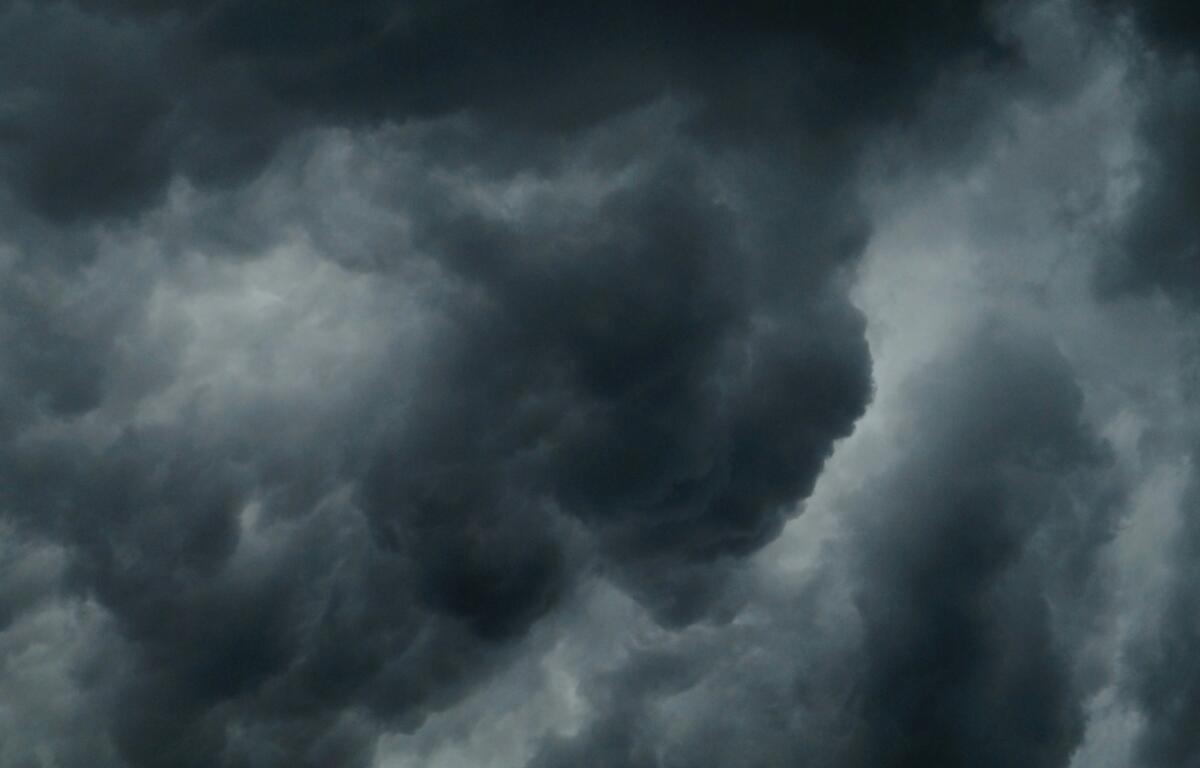CHARLOTTESVILLE, VA (CVILLE RIGHT NOW) – UPDATED 8:15AM 9/26: The easternmost system overnight Wednesday into Thursday developed into Tropical Storm Humberto.
STORY:
Weather forecasters are watching a rare phenomenon in the Atlantic Ocean — the possibility of two named storms forming near each other.
It’s too early to tell what effect either of the systems might have on the Charlottesville area much less what’s going to happen with the two storms, but Accuweather Lead Hurricane Forecaster Alex DaSilva told Cville Right Now they’re going to put a whammy on many autumn beach plans if one wants a final dip in the water.
Hurricane experts are watching a new tropical rainstorm that formed east of the Lesser Antilles, and another tropical wave moving toward the Bahamas that Accuweather forecasts has a high risk of tropical development by the end of the weekend. Usually in the Atlantic when two storms are fairly close, one hogs up all the energy while the other fizzles out. But these are far enough they could both develop into named storms, but close enough they could start doing a dance with each other called fujiwhara effect.
“That’s the name of it when two cyclones get very close to one another, relatively speaking,” DaSilva said. “They need to get within about 850 miles of so for fujiwhara to take effect. They actually start to rotate counterclockwise around a center point between the two storms.”
He says we usually see this in the Pacific and not the Atlantic because the Atlantic basin is smaller and waves are usually too close to each other for both to form. Usually one wipes out or absorbs the other.
DaSilva notes that’s still a possible scenario where the stronger storm absorbs the other in this case, but right now we just don’t know.
Part of the forecast issue is this being a rare Atlantic phenomenon. “I can’t remember of the top of my head of when the last time it’s happened. I think it’s been quite a while since we’ve at least seen two actually rotate and ‘dance’ with one another. I’m sure it’s happened, but off the top of my head, I can’t think of an example.”
DaSilva said we’re going to have to watch what they do, and Accuweather has a track out for the one further east to pass somewhere between the Outer Banks and Bermuda.
“The question is going to be what happens to the other one which is in the northeastern Caribbean right now as we speak and will move into the Bahamas late this week where I think it will have the chance to intensify,” DaSilva said.
“But, again, depending on what happens, if the one to the east is stronger and it just absorbs the one to the south, then we’re likely looking at a scenario where that dominant storm just goes out to sea.”
“However, if both storms are able to start rotating around each other, which there is some model guidance supporting that idea with two hurricanes that start to dance, one of them could be forced into the coastline.”
DaSilva thinks the absorption scenario is most likely, but they must continue to watch the situation.
The next two names on the Atlantic tropical list are Humberto and Imelda.



